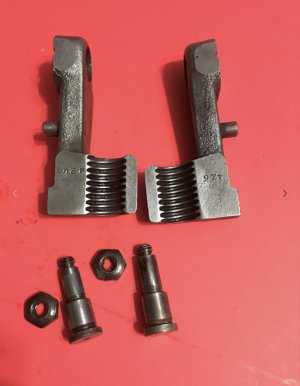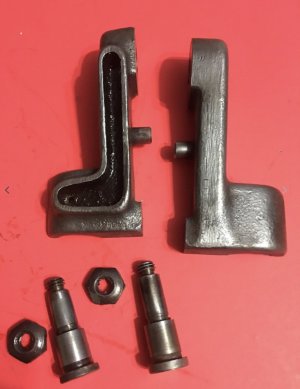- Joined
- Jun 17, 2023
- Messages
- 4
Ive got a 9" South Bend Lathe with worn out half nuts that id like to fix before I sell. Has anybody done that themselves before? Any pointers for fixturing?
Note: I've got a really nice south bend 9 lathe and a south bend shaper at my disposal for fixing them.
Note: I've got a really nice south bend 9 lathe and a south bend shaper at my disposal for fixing them.



